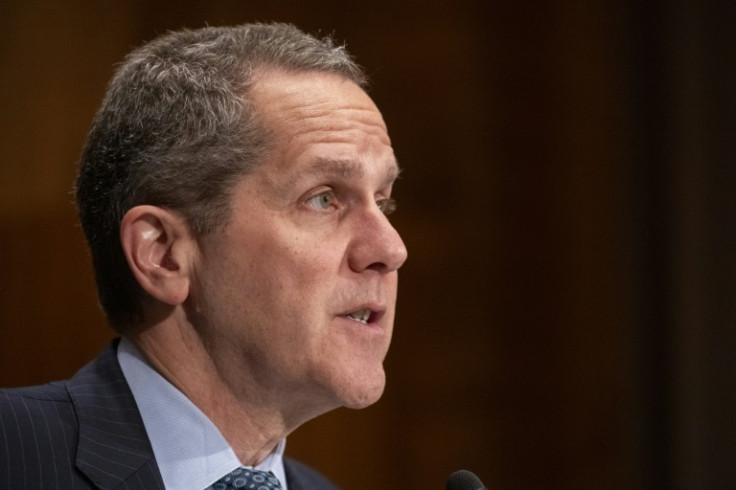US Fed Vice Chair Tones Down Proposals For Fresh Banking Regulations

A senior US Federal Reserve official proposed Tuesday a number of "broad and material" changes to new banking rules, toning down plans to tighten regulation and supervision.
The Fed first issued the proposed changes for banks with at least $100 billion in assets last year as part of a global push to raise capital requirements, which were found to be inadequate going into the 2007 global financial crisis.
Capital requirements are the financial buffers banks must hold to guard against potential losses.
The Fed has received numerous responses to its proposals, including some strong criticism from some in the banking industry who saw the proposed changes as too costly for the sector.
Speaking in Washington on Tuesday, Fed vice chair for supervision Michael Barr said "broad and material changes to the proposals are warranted" to take some of those concerns into account, and recommended re-proposing the new rules.
Barr's new proposals would raise the capital requirements for the largest and most important banks, known as Global Systemically Important Banks (G-SIBs) by nine percent, down from 19 percent in the original proposals.
New requirements would also apply to all banks with at least $250 billion in assets: other large banks would see a smaller rise in their capital requirements, equivalent to between three and four percent over the long run, while the remaining banks subject to the rules would see their capital requirements increase by 0.5 percent.
In a marked departure from last year's proposals, Barr suggested that smaller banks with assets of between $100 and $250 billion should not be affected by the new rules, "other the requirement to recognize unrealized gains and losses of their securities in regulatory capital."
Barr said he expects his proposals, will soon be discussed and voted during an open meeting of the Fed's seven-person Board of Governors.
The Fed worked jointly on the proposals with two other US banking regulators, he added, in comments that suggested there was broad agreement between them.
Assuming the proposals are adopted by the Fed, the US central bank would then allow an additional 60 days for comment before looking to finalize the rules, Barr said.
Any new rules would likely only kick in a year after that, in line with the original proposals, he added.
© Copyright AFP 2024. All rights reserved.





















